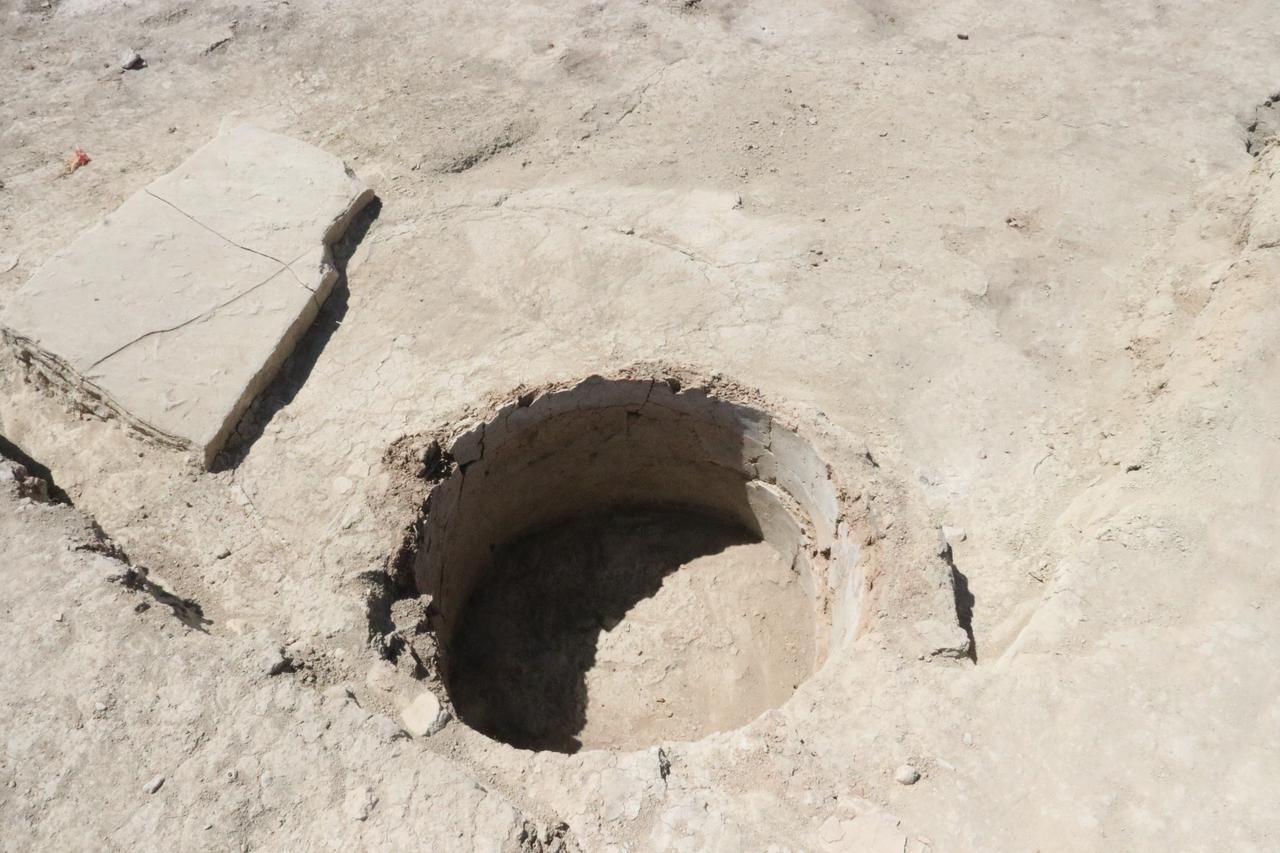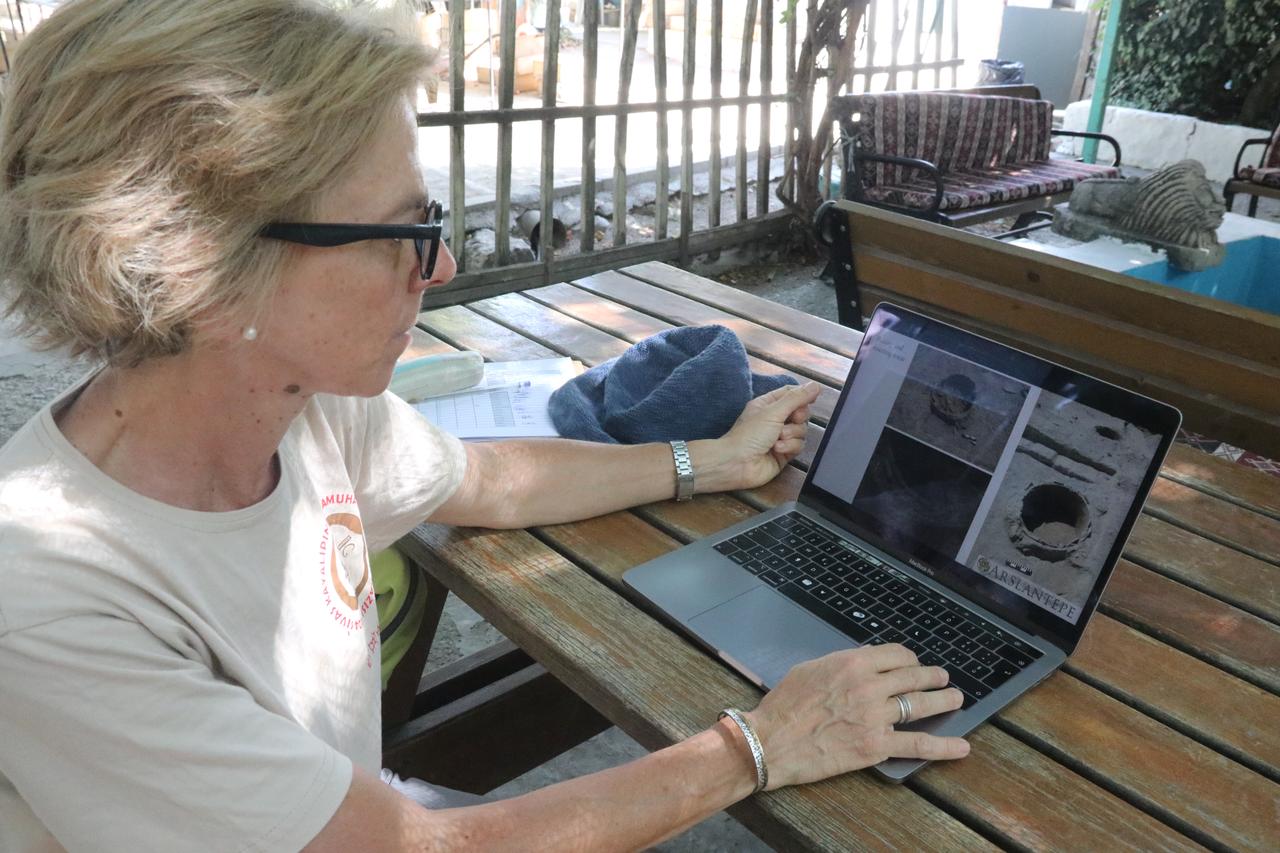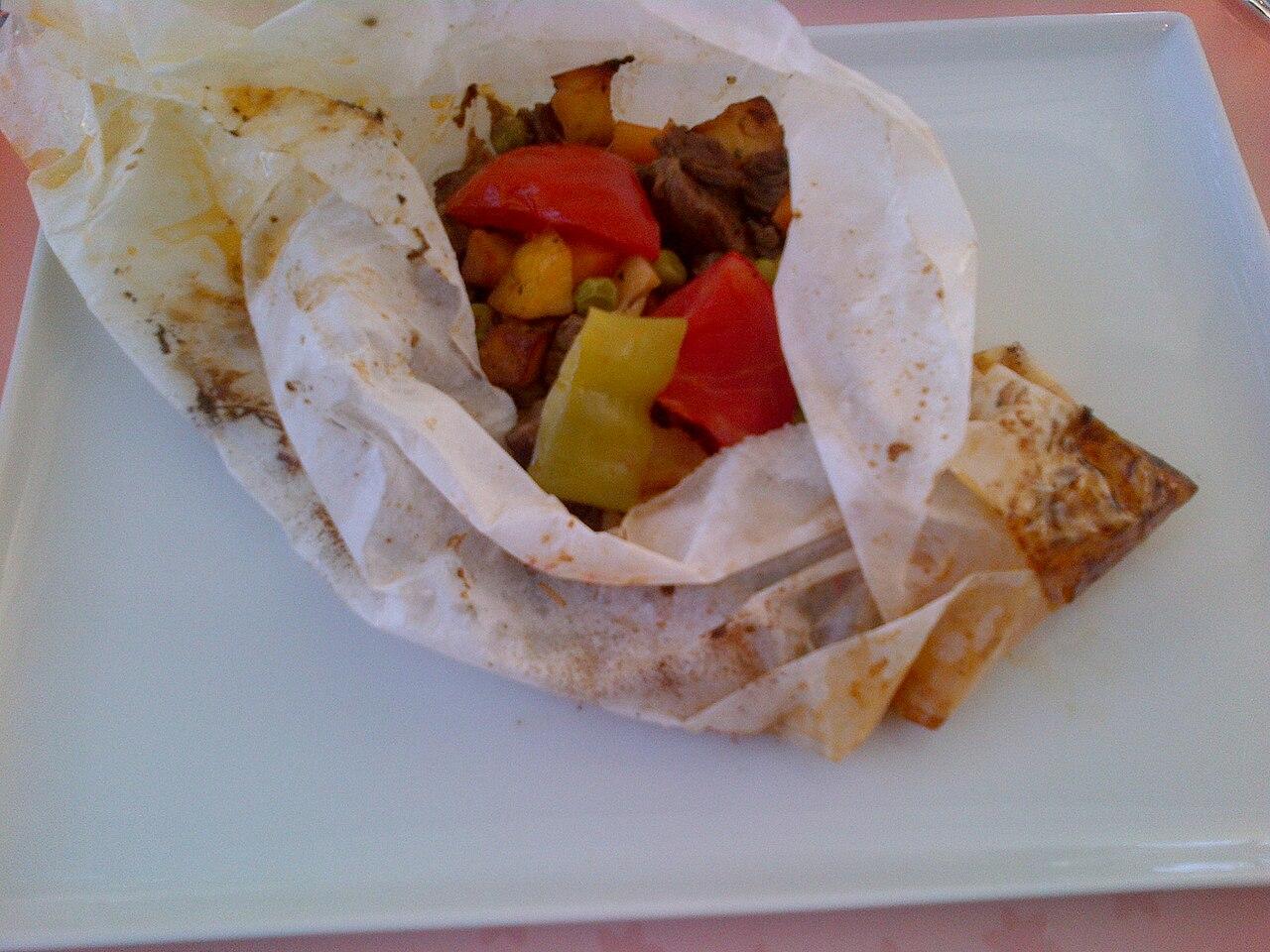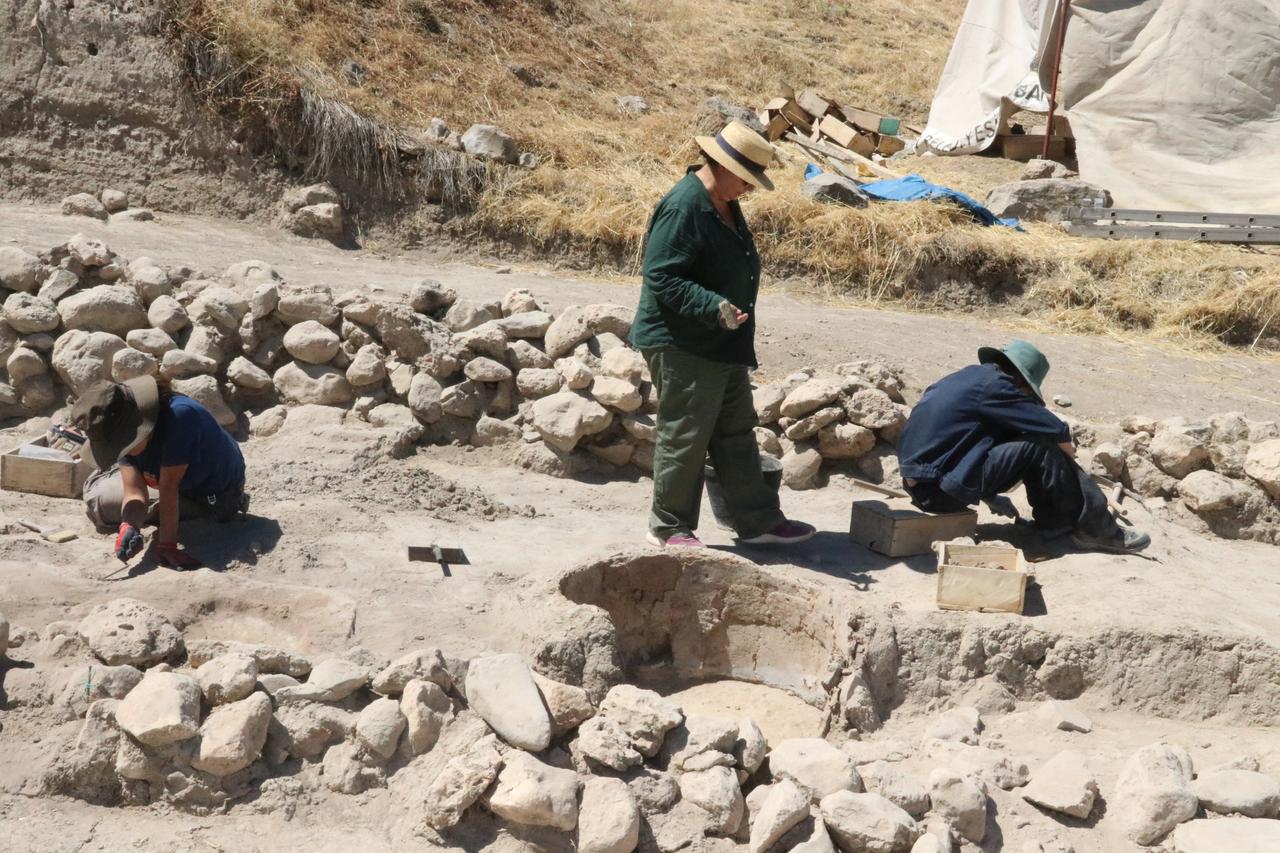
Archaeologists excavating at Arslantepe Hoyuk (Mound) in Malatya, a site on the UNESCO World Heritage List, have uncovered a 3,000-year-old oven dating to the Late Hittite period.
Researchers believe that the ancient community used this oven to prepare meat in a way that closely resembles today’s kagit kebabi, a traditional Turkish dish where meat is slow-cooked in parchment.

The excavation team, led by Professor Francesca Balossi Restelli, began this season’s fieldwork in August, focusing on the northern section of the settlement.
During their work, they uncovered ovens embedded beneath the floor level, differing from standard tandir-style ovens, which are typically above ground.
The team found clay-built hearth structures alongside a significant number of animal bones within these installations.
According to Restelli, this evidence shows that the ovens were not used for baking bread but rather for cooking meat dishes.
She explained that two such examples had already been discovered in earlier excavations, and a third was identified this year, dated to around 1,100–1,000 B.C.

Professor Restelli noted that these ovens were designed for slow cooking. “I think it was exactly a method similar to kagit kebabi.
They would place the meat inside, cover it with a baked clay lid, and cook it for hours, even overnight,” she said. The archaeologist emphasized the remarkable continuity between ancient and modern food traditions.
She pointed out that there are visible connections between the meals prepared thousands of years ago at Arslantepe and the culinary practices still present in Malatya today.
Restelli added that she would like to see contemporary chefs from the region experience these findings firsthand, since the similarities are so striking.

Arslantepe Hoyuk, with its deep cultural layers spanning millennia, continues to reveal the daily lives of its inhabitants.
Discoveries such as these ancient ovens not only provide insight into the practical aspects of food preparation in the Late Hittite world but also highlight the enduring cultural threads that connect the past with modern life in Türkiye.